

Gamboa Resort Hotel
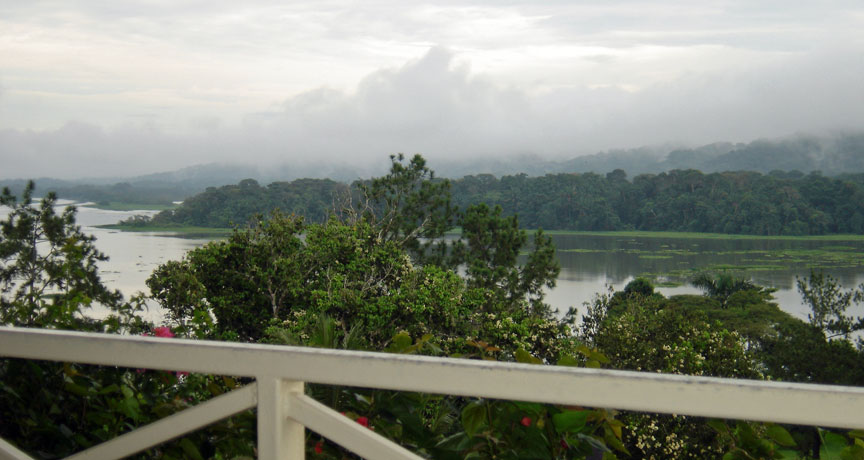
sharp bend of the Chagres River at the point which feeds Lake Gatun
Gamboa is a small town in the Republic of Panama. It was one of a handful of permanent Canal Zone townships, built to house employees of the Panama Canal and their dependents. The name Gamboa is the name of a tree of the quince family.
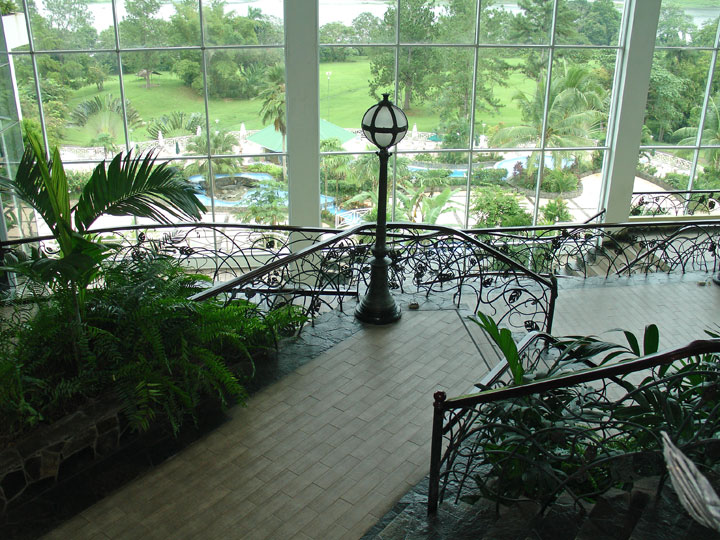
Gamboa Resort Hotel
Gamboa is located on a sharp bend of the Chagres River at the point which feeds Lake Gatun. Just south of Gamboa, Lake Gatun and the Chagres meet the Gaillard Cut where the Canal cuts through the Continental Divide. Thus, though Gamboa is closer to the Pacific side of Panama, its watershed is on the Atlantic side. A single lane iron and wood bridge crosses the Chagres and is the only road access to Gamboa. This bridge is still in use today. Vehicles waiting to pass over the bridge must wait for a stoplight and enter the bridge, since it is only capable of providing space for one lane of traffic at a time.

Gamboa was built near the site of the former village of Santa Cruz. Three miles
further up the Chagres river was the town of Las Cruces, where 19th century
travelers and cargo disembarked from river barges to take the overland Las
Cruces trail by mule. After the completion of the Panama Railroad in 1855, the
railroad ran near the area, but made no stops and no PR maps list any towns in
Gamboa's present location.

the lobby
Present-day Gamboa was built in 1911, during Canal construction. It was initially populated by "silver roll" (i.e., Afro-Antilleans and other non-US, non-white) workers and their dependents. These initial settlers, counted at around 700, had previously lived in the construction areas between the former towns of Tabernilla and Gorgona, which were covered by Lake Gatun as Canal construction advanced. No Americans were counted amongst the town's first inhabitants.
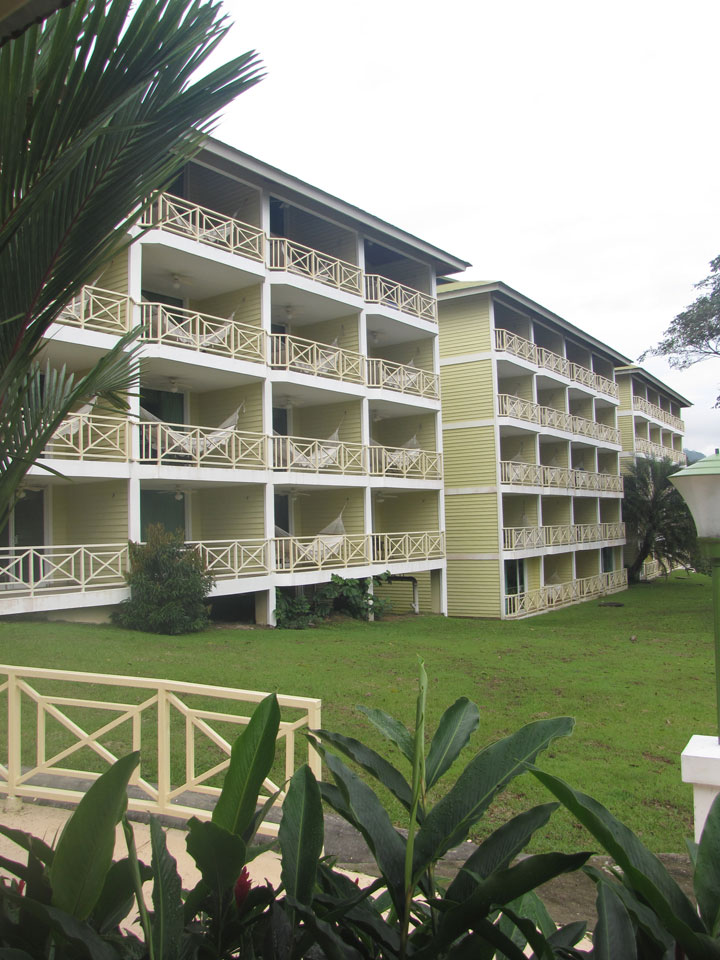
river view balconies
By 1914, at the conclusion of Canal construction activities, Gamboa's population decreased to 173 and the town consisted of a police station, a four-family house which had been brought in from the former town of Empire, and a two-family house brought from the former town of Culebra, and several old railroad box cars used to house silver roll employees. The first commissary, operated by a division of the Panama Canal Company/Canal Zone Government, also operated out of three box cars.
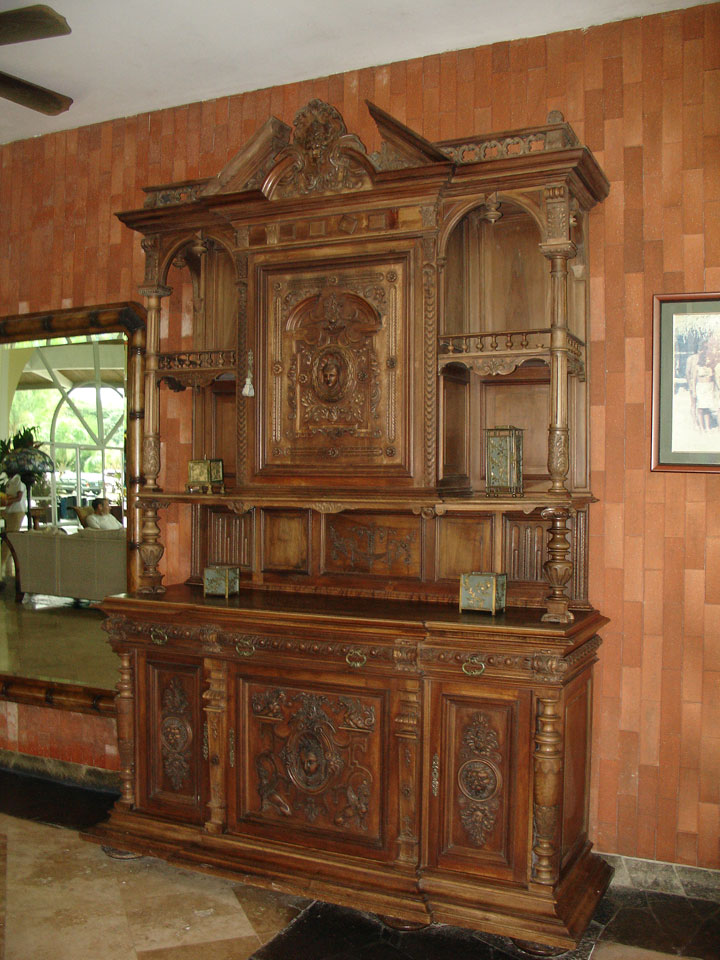
After many years of studies and debates, the Panama Canal Company moved its
Dredging Division from the town of Paraiso to Gamboa in 1936. In 1933, when a
three-man board appointed by Canal Zone Governor J.L. Schley studied the
feasibility of moving the Dredging Division to Gamboa, the population was 251,
including just 10 Americans. The first Dredging Division families began moving
into the newly-built town of Gamboa in September 1936. Within a year, the town's
population jumped to 1,419 and by 1942, the town reached its peak
population--3,853.

The new residents of Gamboa built their civic center with their own hands and
funds. It was initially used as a USO to entertain troops stationed in nearby
hills, but later became headquarters of the Civic Council. The Civic Council and
Gamboa's residents also built the Gamboa Golf and Country Club, on the Gamboa
Ridge, overlooking the Chagres river. The men in the town hammered, sawed and
poured concrete while the women brought picnic lunches and tended barbecues. The
Club was officially opened on January 1, 1939 and eventually included a 9-hole
golf course.
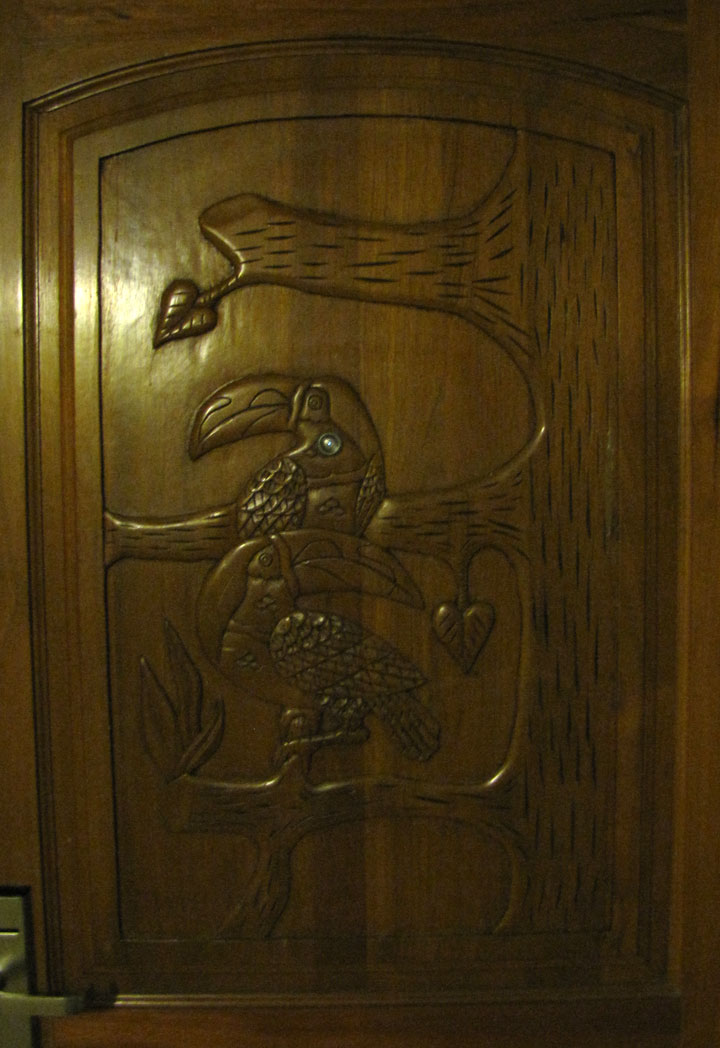
door panel
Gamboa, like most Canal Zone towns, had its own commissary, post office, school, churches (five of them), railroad station, fire station and gas station. For much of the town's history, Gamboa's non-US, non-white population lived in a separate part of town called Santa Cruz. This included 50 families moved from La Boca in October 1954 when that town was depopulated and converted into a white housing area.

Not all Gamboans worked for the Dredging Division. Because of its remote
location and distance from other Canal Zone towns, Gamboa was seen as less
desirable than some of the other Panama Canal Company/Canal Zone Government's
townships, and since housing in the Canal Zone was assigned based on seniority,
many of the new arrivals to the "Zone", as it became known to its residents (Zonians),
were initially assigned housing here before becoming eligible for housing in
other towns. U.S. military personnel and their dependents lived in Gamboa during
the 1940s due to the shortage of housing on the local military bases. U.S.
personnel continued living in Gamboa until the total withdrawal of U.S. troops
from Panama in 1999.
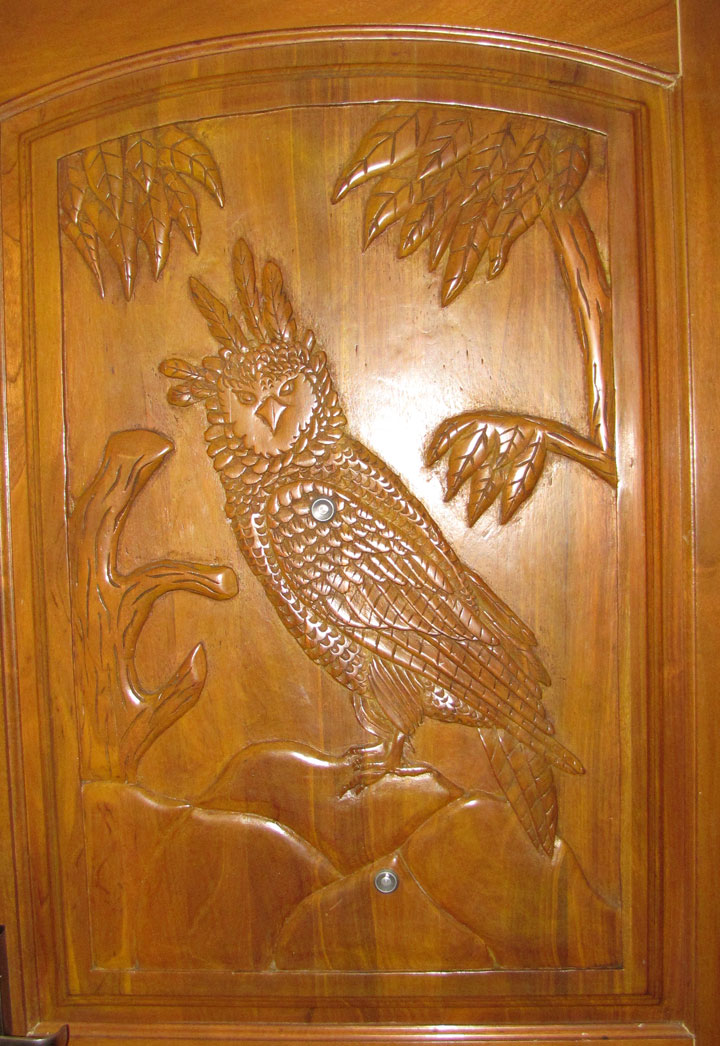
Over time as the Panama Canal Company/Canal Zone Government began to transfer
operations to Panama following the 1977 Panama Canal Treaties, some of the
services offered in Gamboa were shut down. The most visible closures were the
commissary and movie theater, which were boarded up throughout the 1980's. The
demise of the Panama Railroad in the late 1980's further cut the town off from
the rest of the Canal area.
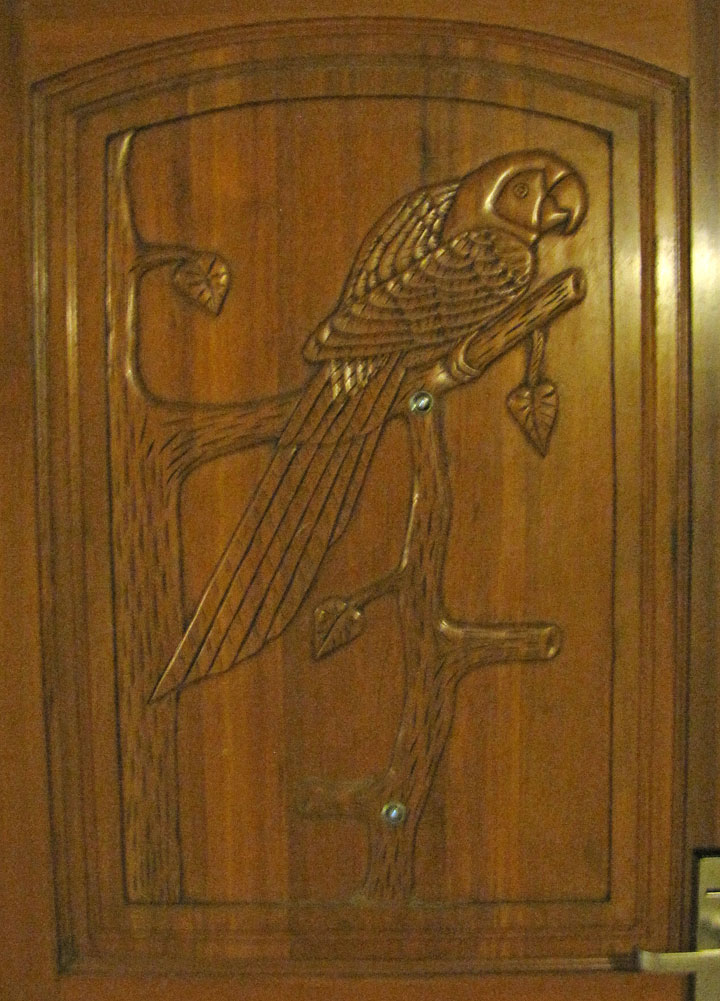
Gamboa's elementary school was built in 1937 by the Panama Canal Company/Canal
Zone Government Division of Schools. It consisted of 3 classrooms, a library,
and principal's office upstairs, with a kindergarten classroom underneath. The
school was transferred to the Department of Defense Dependents Schools (DoDDS)
in 1979 after the abolition of the Canal Zone and its government. That school
year, its total enrollment was 115. Three U.S. grade school teachers were
employed and classes were paired up, with first and second grade sharing one
room, third and fourth grade sharing a room, and fifth and sixth grade sharing
the third classroom. A physical education teacher was also employed for the
school's gymnasium, which was inside a separate building. Since December 1980, a
small space underneath the school has operated as a mini-shopette. Total
enrollment for the 1987-1988 school year was down to 53. In June 1988, with a
projected enrollment of just 40 students for the 1988-1989 school year, DoDDS
closed the Gamboa Elementary School. Starting in 1988, all students were bused
to Balboa Elementary. Following Operation "Just Cause" in December 1989, the
school building was used as a local headquarters for U.S. Military Police.
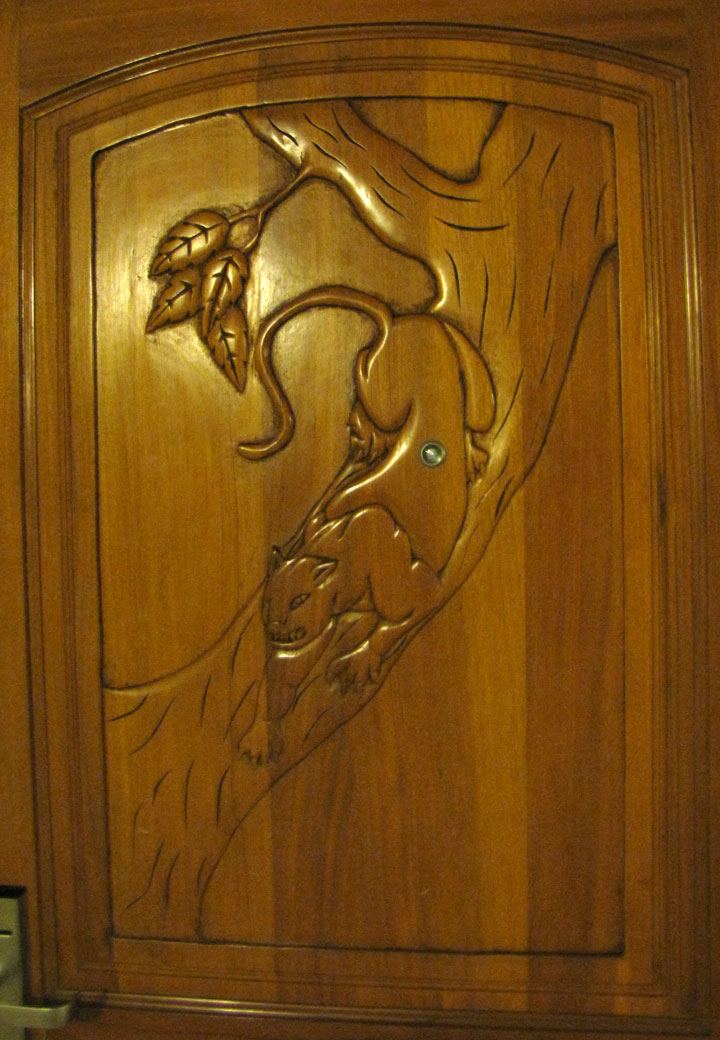
Gamboa's golf course became a Boy Scout camp for several years, but remained
inactive in the last years of the Treaty reversion period.
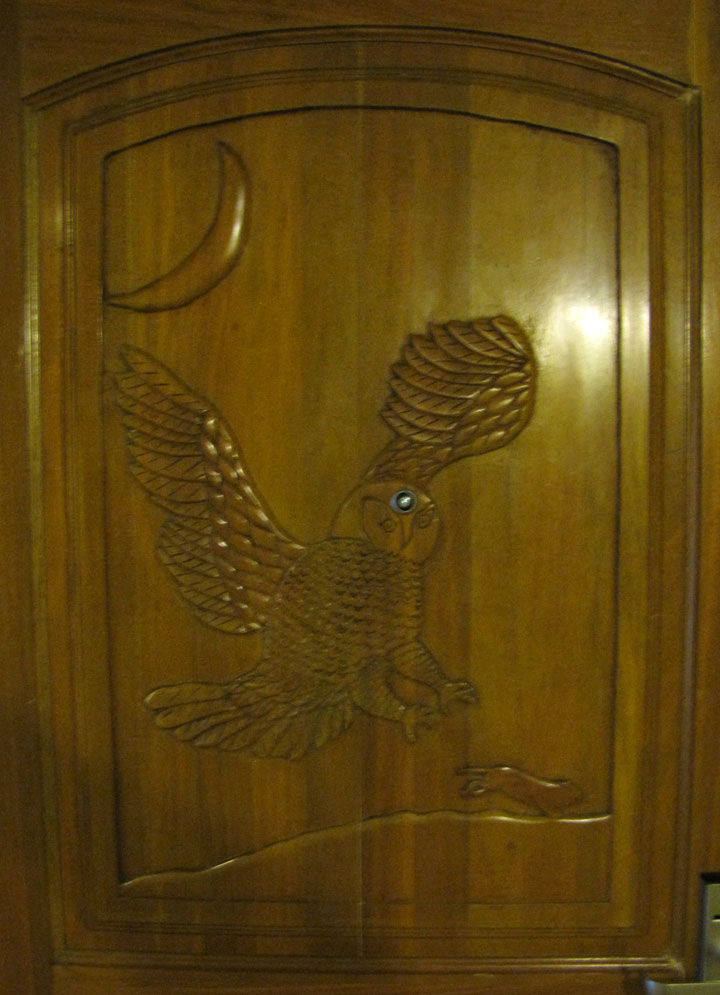
The town of Gamboa is still inhabited, but as a shadow of its former self, maintained, but without the vibrancy and civic spirit it once enjoyed. Many of its houses are not inhabited and several public buildings are underutilized. It remains the primary headquarters of the Dredging Division of the Panama Canal Authority (formerly PCC).
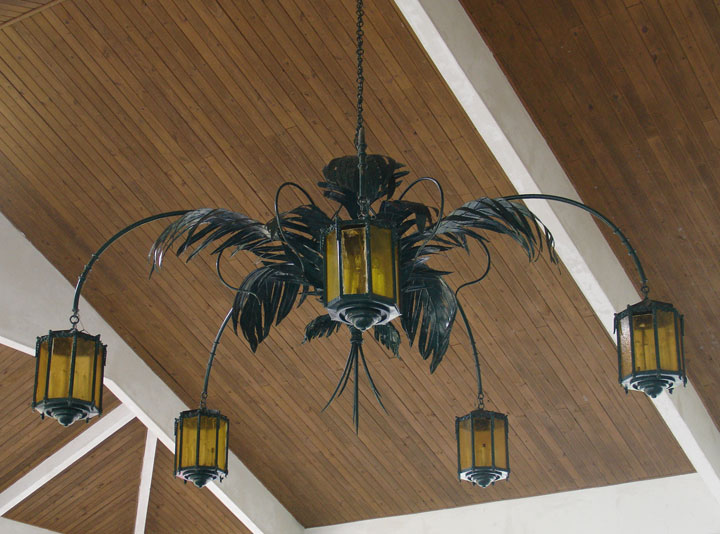
The Dredging Division's docks are used by light ferries to reach the Smithsonian
Tropical Research Institute (STRI) facilities at Barro Colorado Island.

Gamboa is home to caymans, crocodiles, iguanas, and thousands of bird species.
Given its location at the "end of the road" and the single road connecting it to
the rest of the Canal Zone, Gamboa is adjacent to significant tracts of
relatively undisturbed rainforest. A trail that follows an old pipeline
("Pipeline Road") is considered one of the best birding hikes in Panama From the
toucan to the great egret, it is one of the premiere bird watching sites in all
of Central America. Many amateur birdwatchers join ornithologists for yearly
bird counts held near Gamboa by the Audobon Society of Panama.
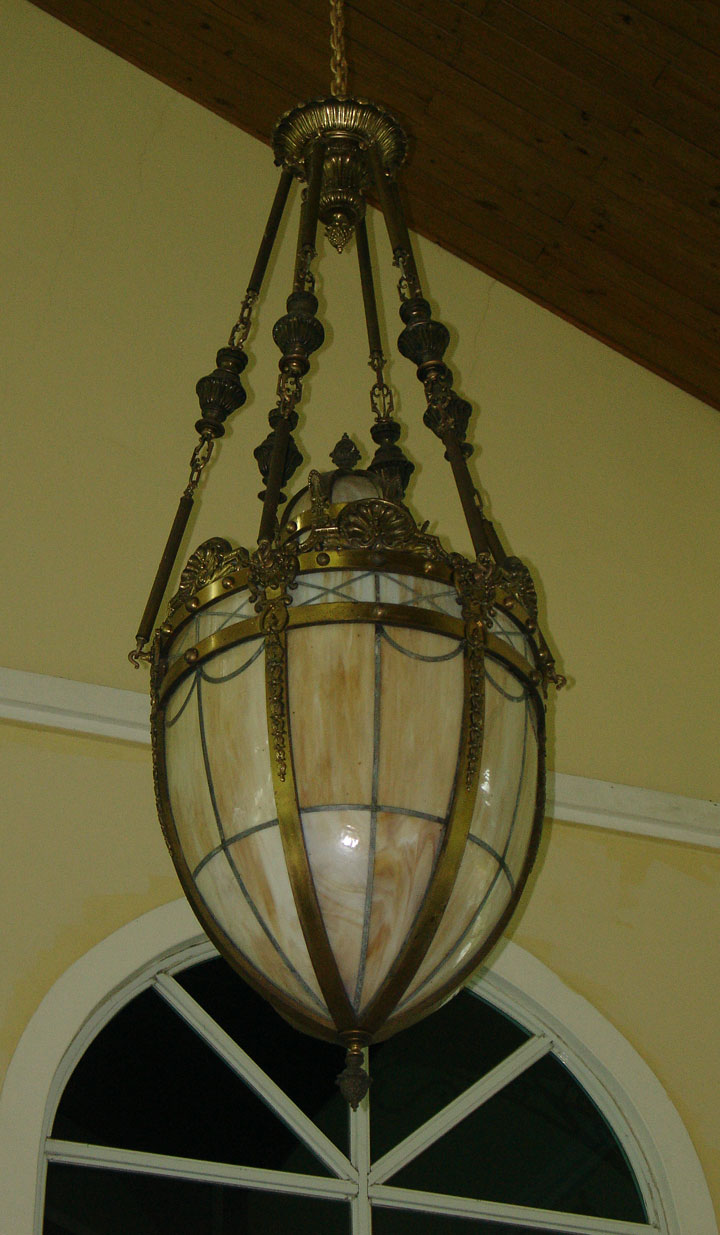
The old Spanish colonial era Las Cruces Trail used to carry precious metals and
supplies between the Atlantic and Pacific oceans passes near Gamboa, though
parts of it are now underwater.
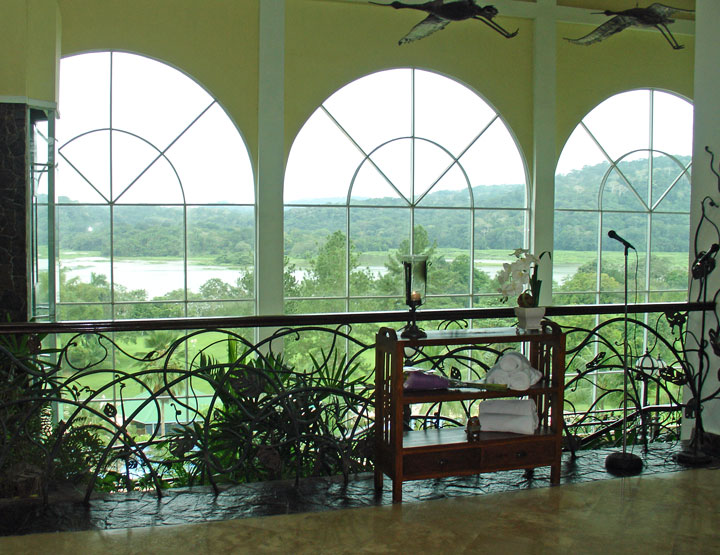
The Gamboa Rainforest Resort, a hotel offering access to the nearby forest, is
the town's main attraction today, attracting tourists from all around the world.
An especially large population of tourists visit the resort through a Noolitours
package only offered to citizens of Canada. Built in the Gamboa Ridge area, the
Resort incorporates the former 9 hole golf course, the town's Clubhouse and a
row of typical Canal Zone wooden quarters on Goethals Boulevard. The area is
also home to many opossums, jaguarundis, and iguanas. The Resort is also
equipped with 2 tennis courts and a gazebo, providing tourists with an excellent
view of the lake and beautiful sunrises.
Text from Wikipedia
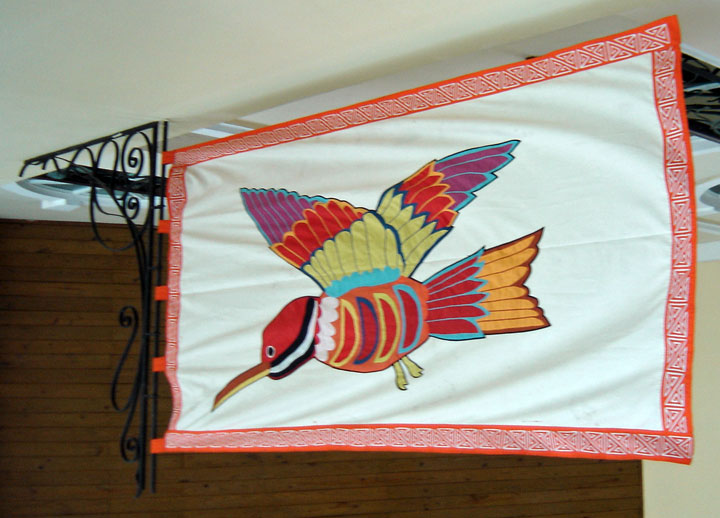
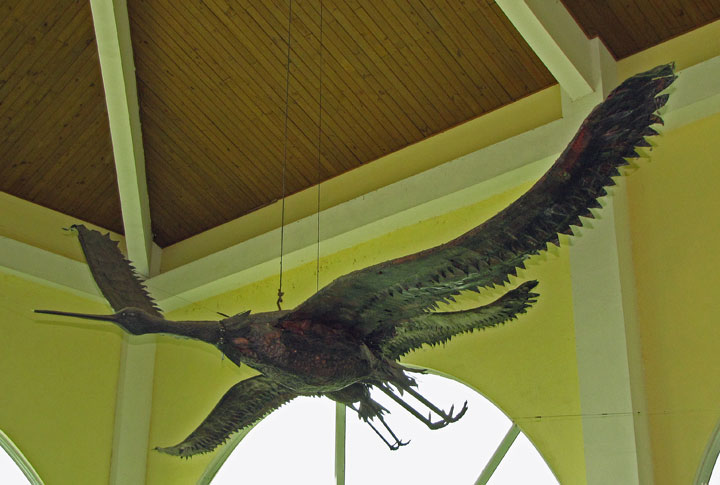
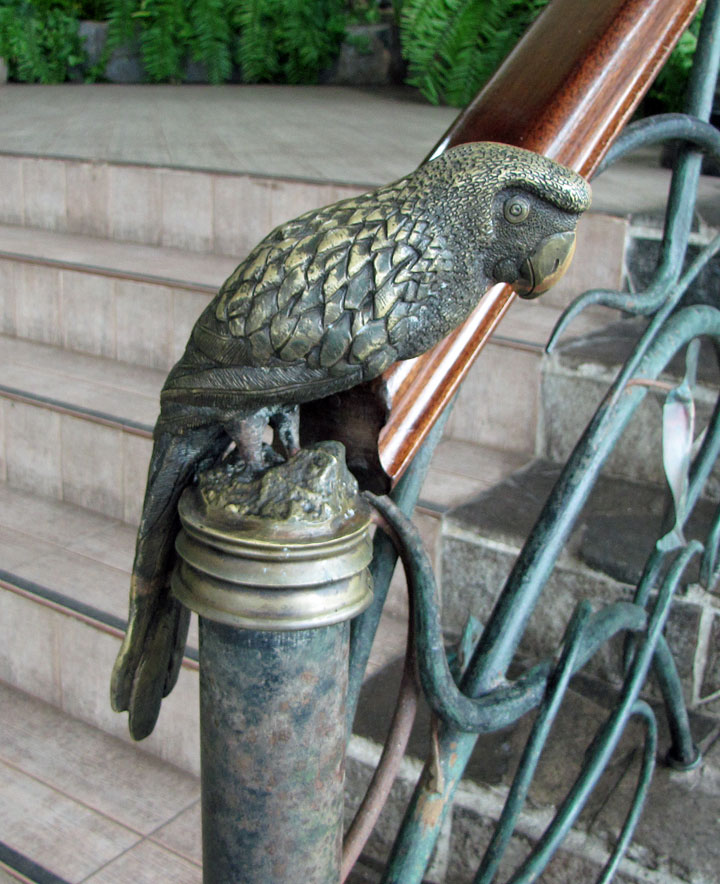
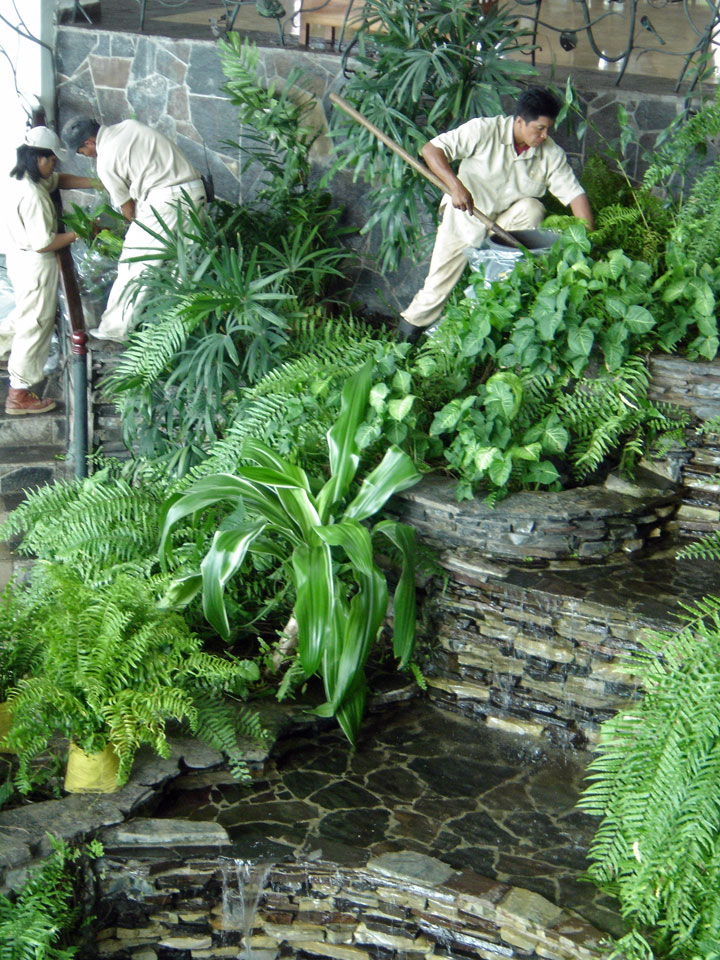
indoor vegetation

outdoor vegetation
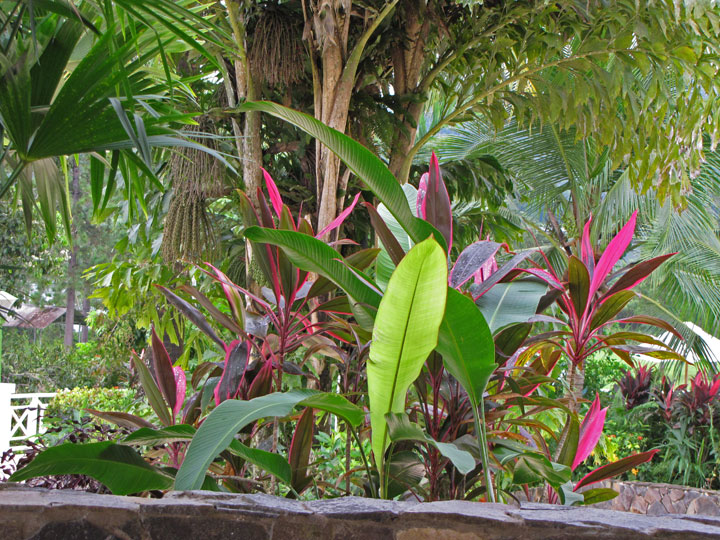
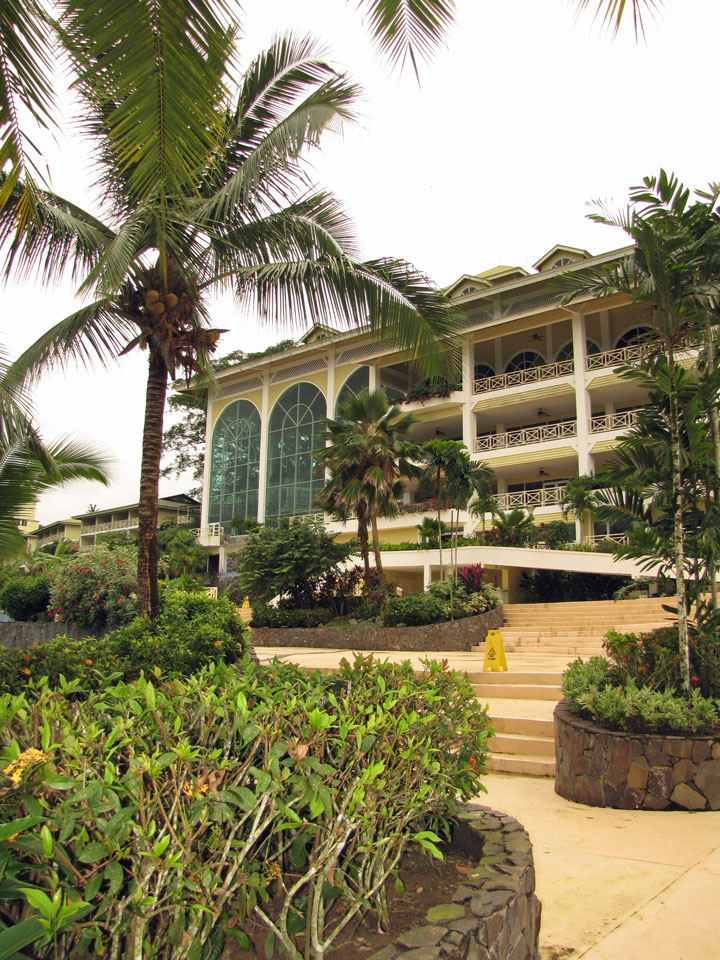
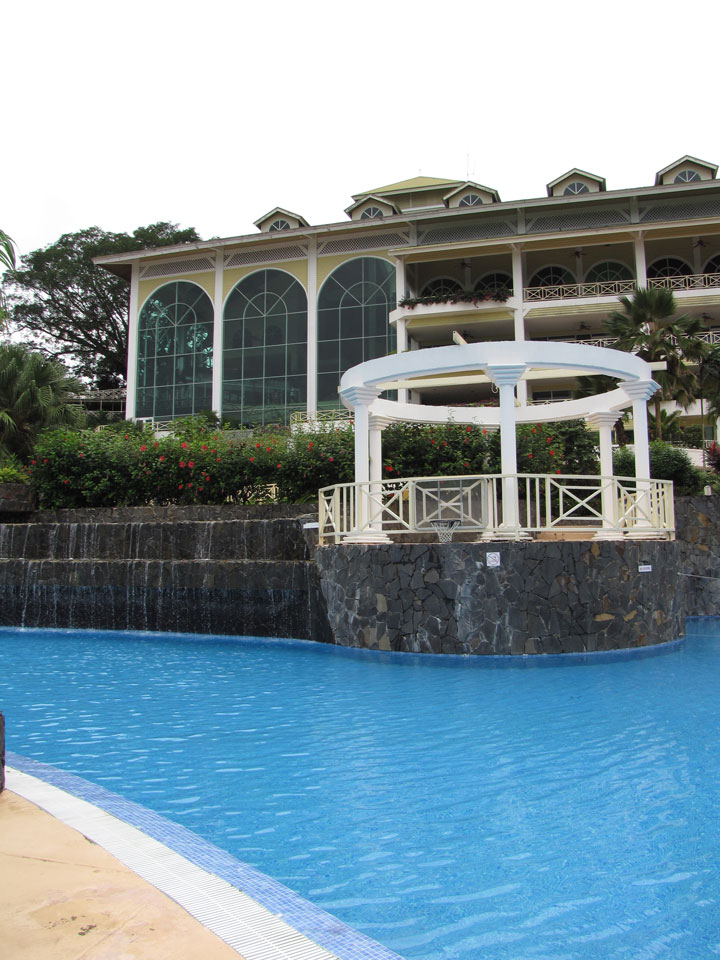
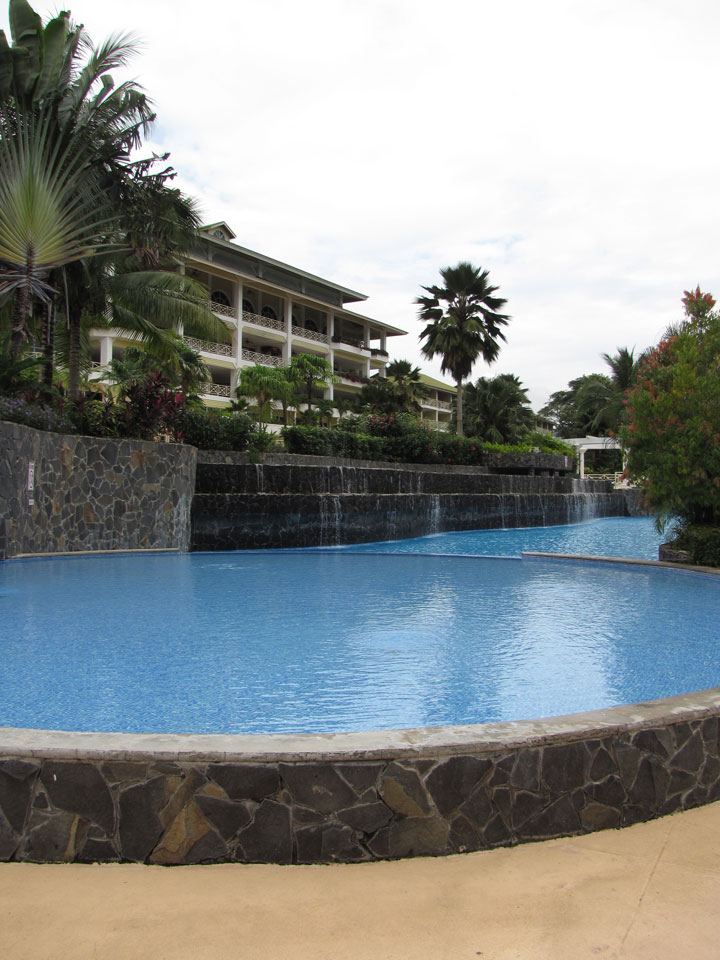
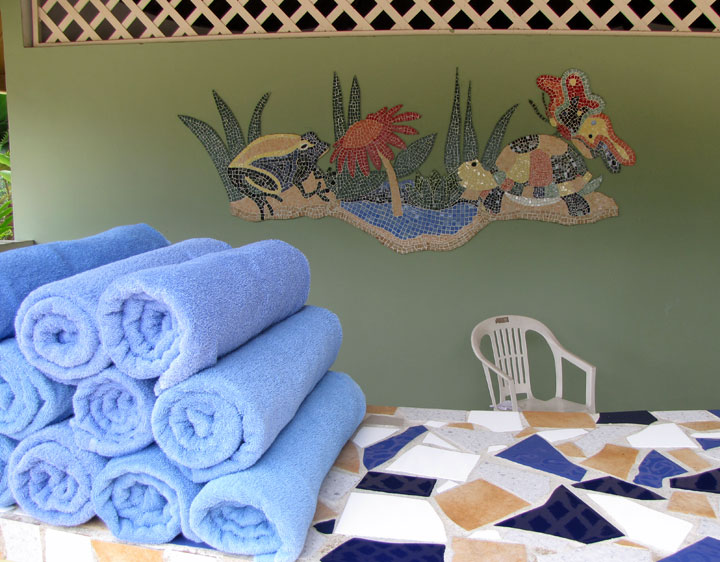
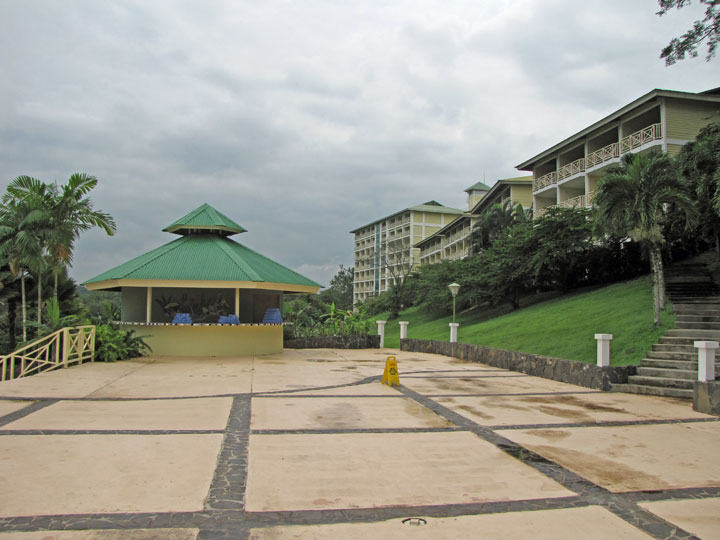
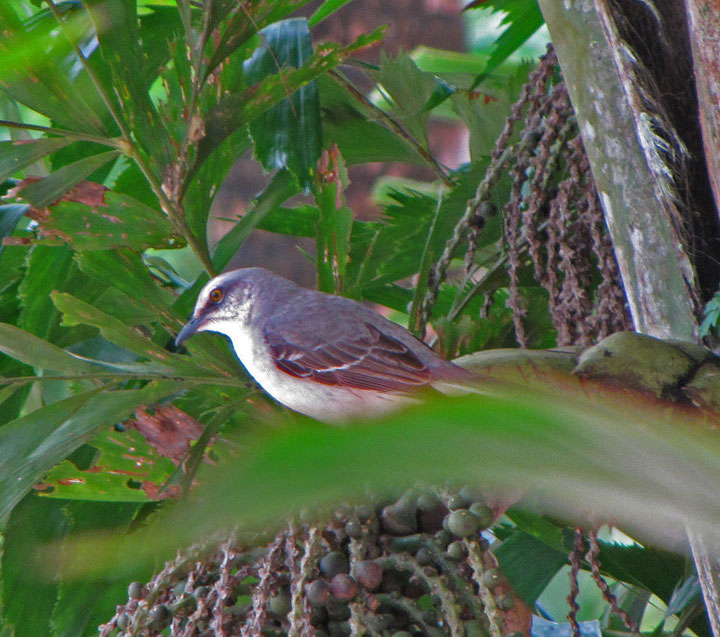
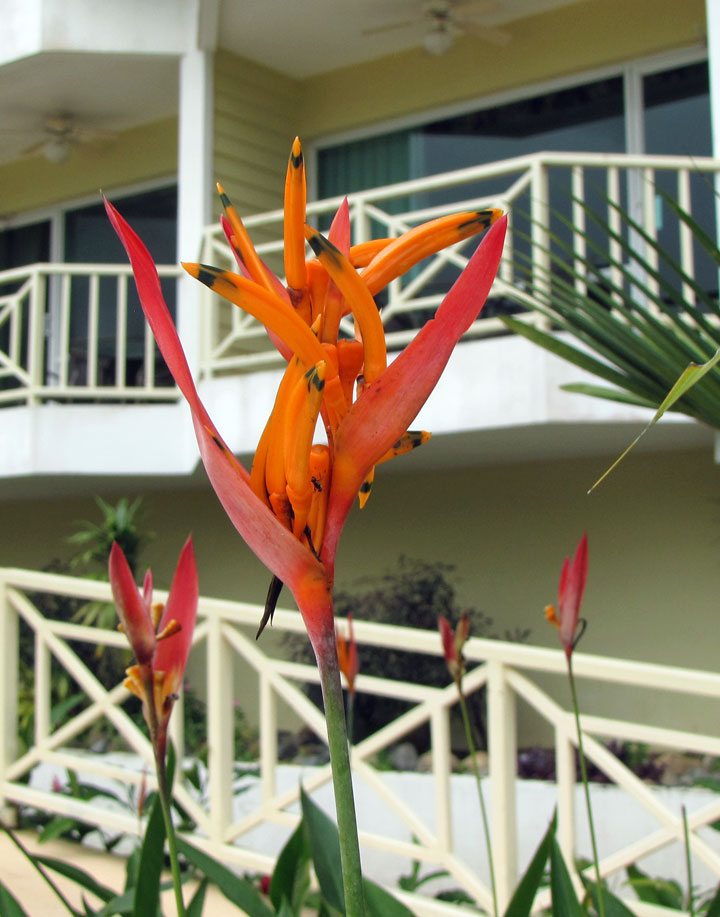
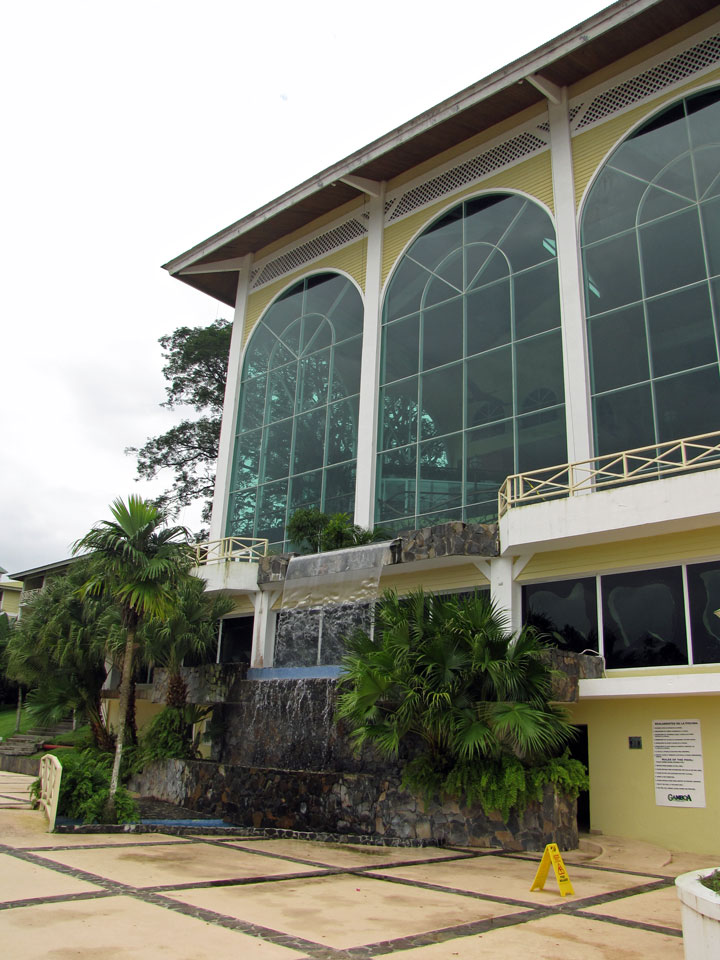

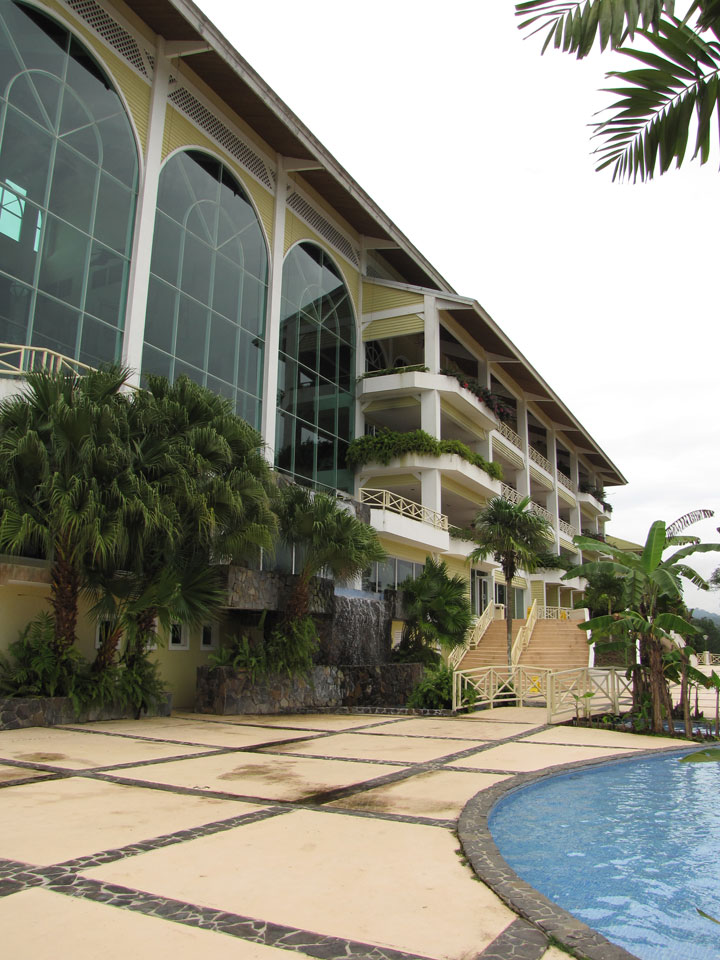
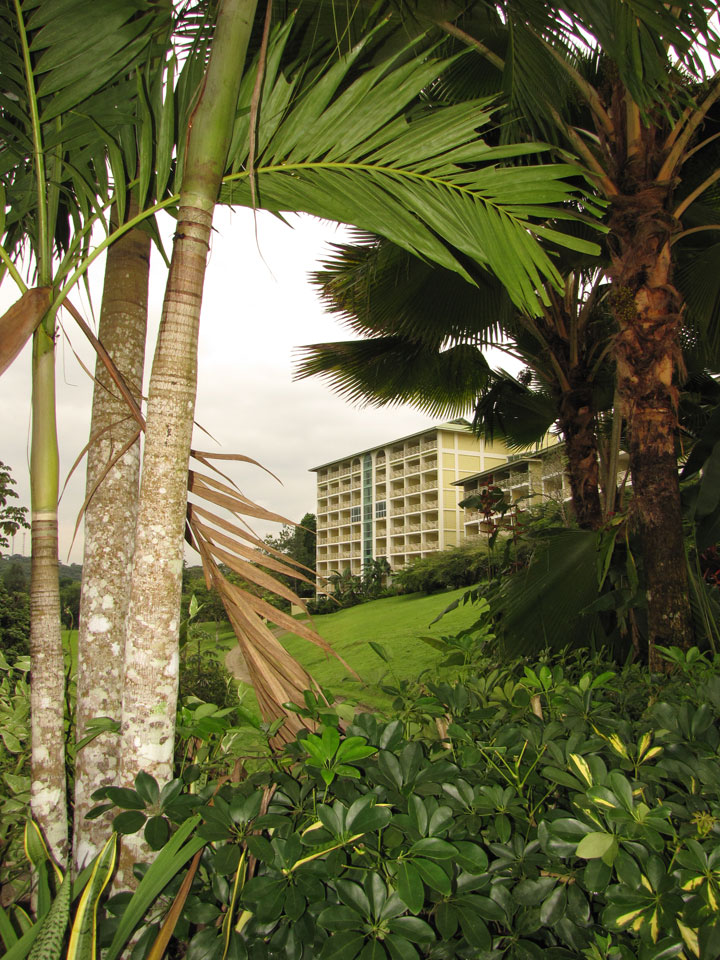
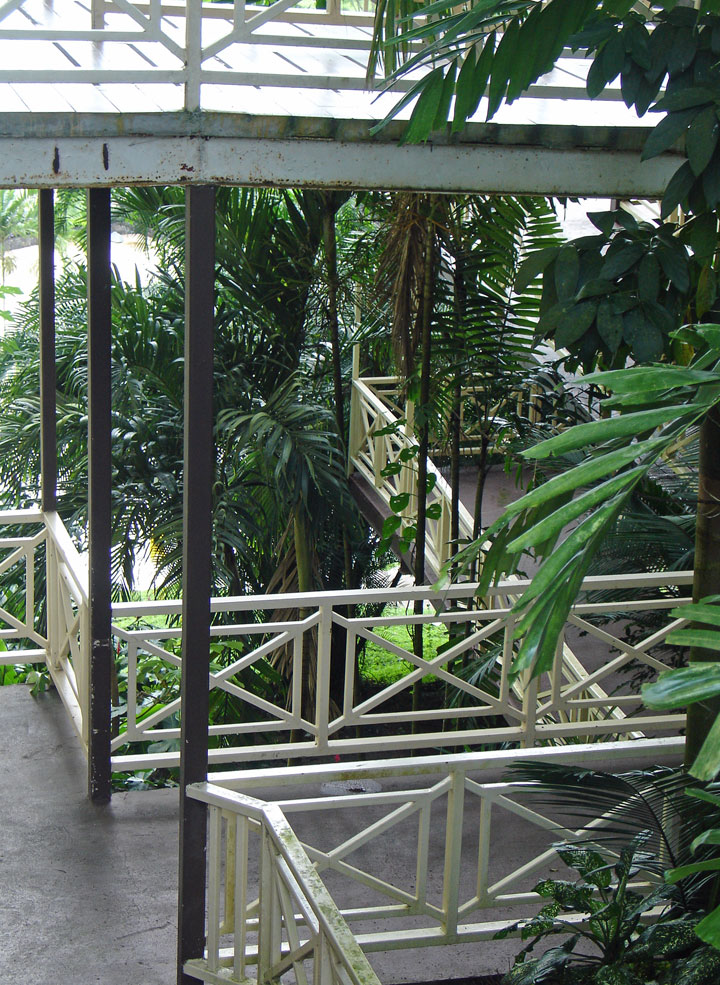
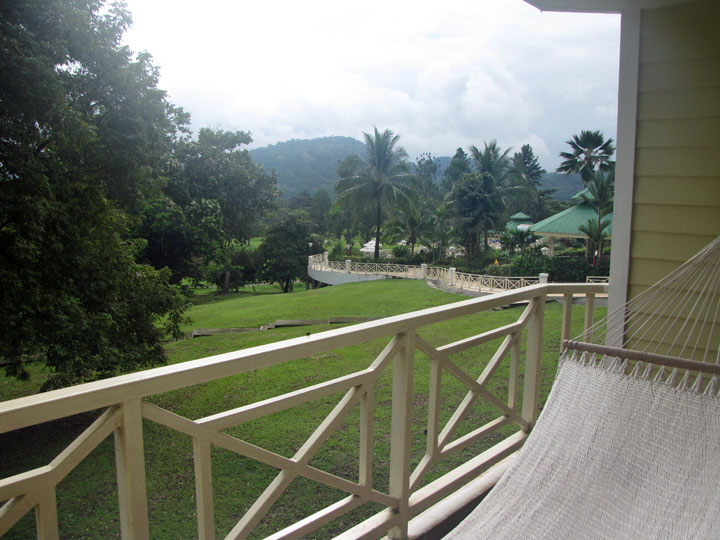

Chagres river in the background

former Canal Zone worker housing at Gamboa
